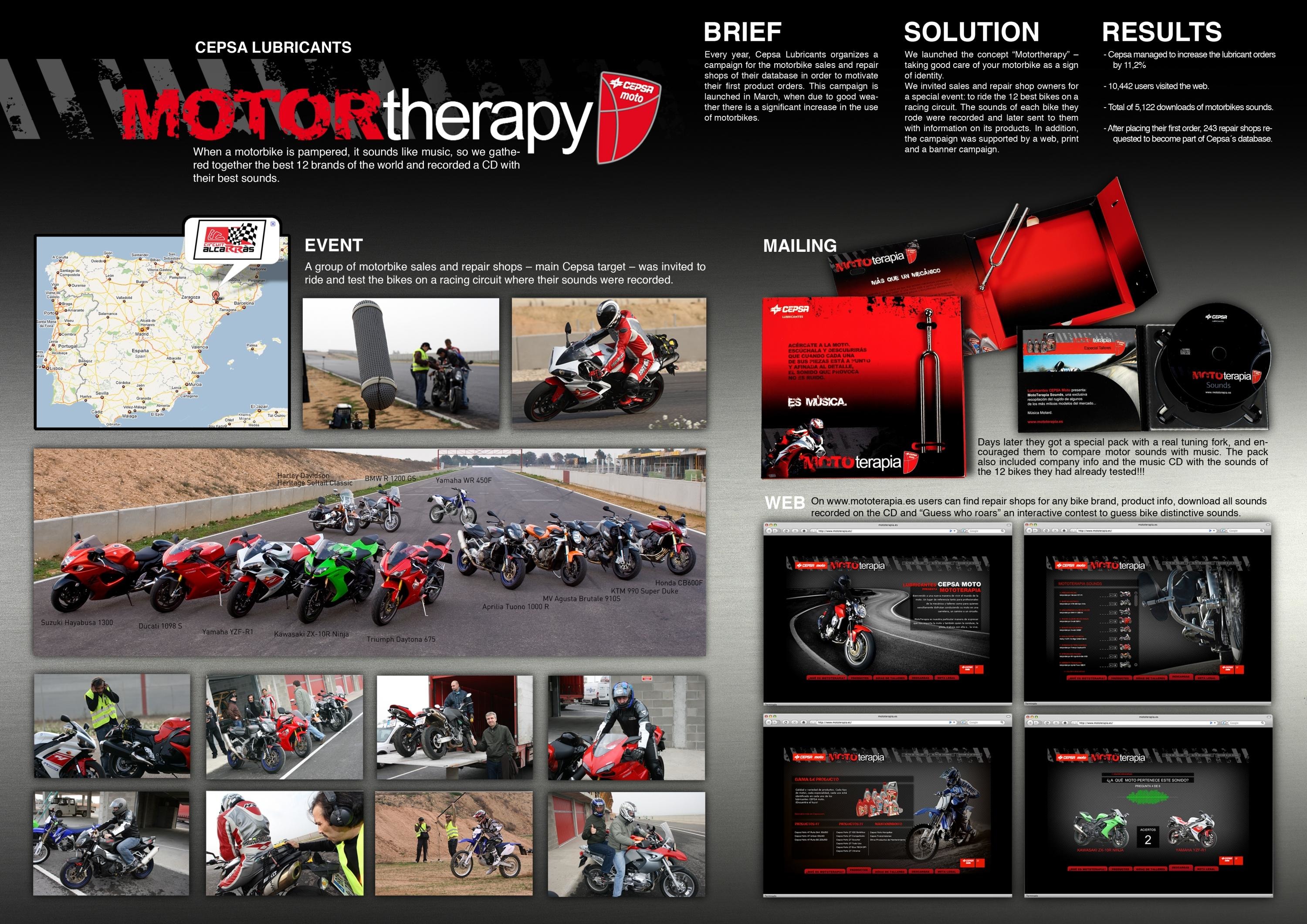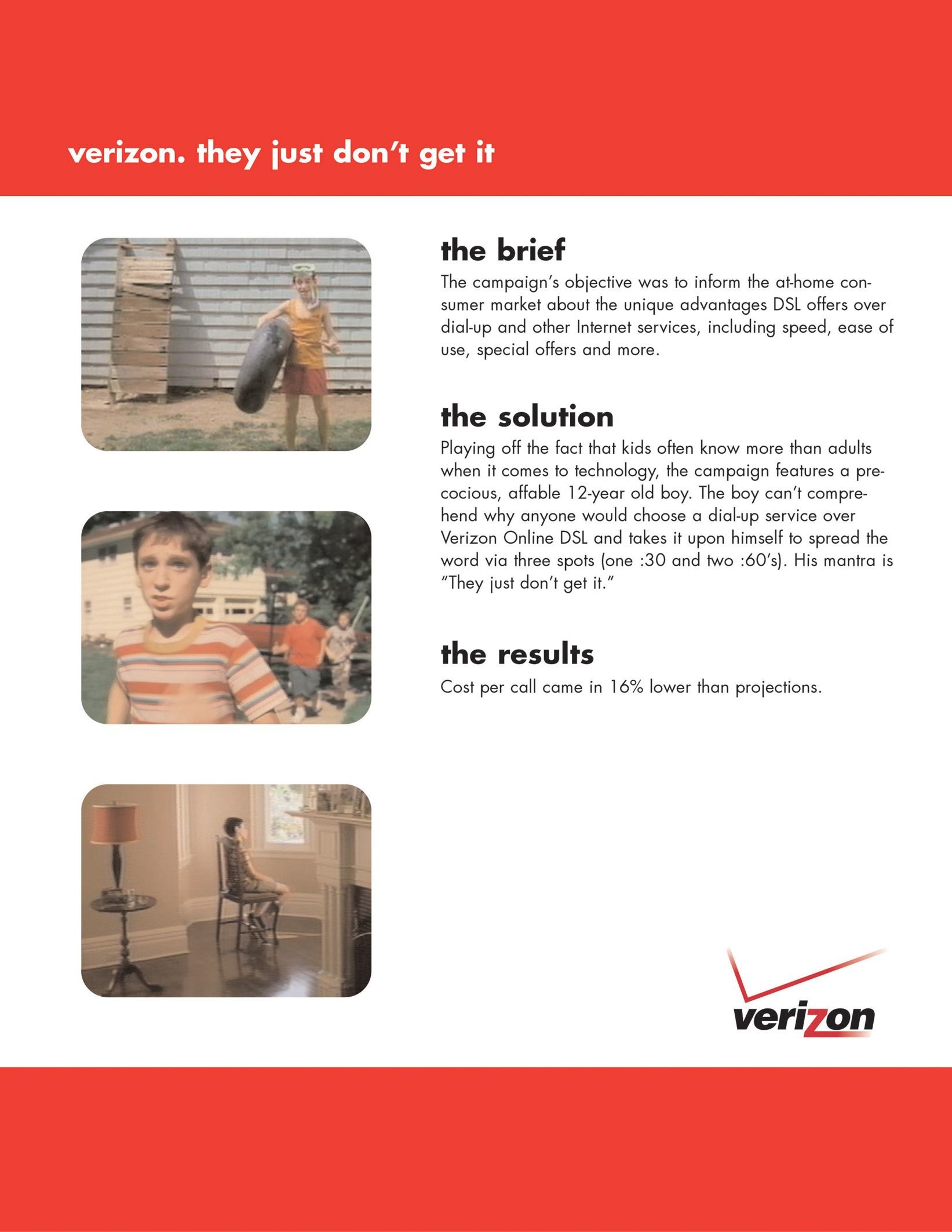Cannes Lions
Closing the Digital Divide
mcgarrybowen, New York / VERIZON / 2019

Overview
Entries
Credits
Overview
Background
The fact is the economics of a community impact the quality of education in that community. This speaks to a larger divide in the U.S., because the education system is linked to our taxes and the finances of a particular community.
Verizon have committed a total of $400 million to helping under-resourced communities bridge the digital divide.
Idea
If we’re all created equal, why aren’t our schools?
The idea was the brand action: create a program to bridge the digital divide that has real impact on kids, teaching them skills that will be necessary for jobs and for life.
The idea was meant to generate awareness of the program and included the ability for the public to nominate a local middle school in need for the opportunity to become one of the next generation of Verizon Innovative Learning programs. Advocates were asked “retweet to nominate” deserving schools via the @Verizon Twitter handle, highlighting impactful stories from the program, along with the school name and location.
Strategy
Awareness was initially generated with public relations announcements and social media activity, which clued us into certain target audiences who were most engaged with the topic: policy makers and a group we dubbed the “cause-conscious”.
Students actively involved in the program were then featured through social media and podcasts, with a focus on how the curriculum keeps kids engaged through individual stores where the program enriched lives.
The actual impact of Verizon Innovative Learning was featured in video content on broadcast, culminating in an online encouragement for consumers to nominate schools for the program.
Execution
In order to build awareness of the Digital Divide we sought to create a moment around a highly visible platform that is increasingly associated with social causes - the NCAA Finals.
During the week leading up to the NCAA Finals, we launched a social media and PR blitz, teasing the campaign with a series of :60 sec and :75 sec videos to create organic buzz among education and technology influencers.
To build off of the NCAA Finals momentum, we decided to expand our audience beyond the cause-conscious by leveraging digital content on both paid and social channels. Celebrity advocates like Lebron James echoed our message on social media and invited their fans to nominate schools that might benefit from the program. We distributed paid content and paid advertising on social channels and targeted news and financial websites to to maintain awareness of the issue and interest in the program.
Outcome
Awareness (2-week span)
124K site visits, with 41% of visits coming from social
Engagement (2-week span)
77% online video completion rate (70% benchmark) 44K completed sessions (24-hour span)
Reach
195mm impressions (over 2 days Feb 3-5) 5.4K school nominations (2-week span)
Impact of VIL
76% of teachers said that VILS enhanced student engagement 42% of VIL students like school more
54% of students are more engaged in school
58% of students were more proficient in STEM
62% of students have better problem-solving skills
We’ve helped over a million kids get free tech education, free access, and immersive, hands- on learning. By 2021, we’ll help 2 million more.
Similar Campaigns
12 items






